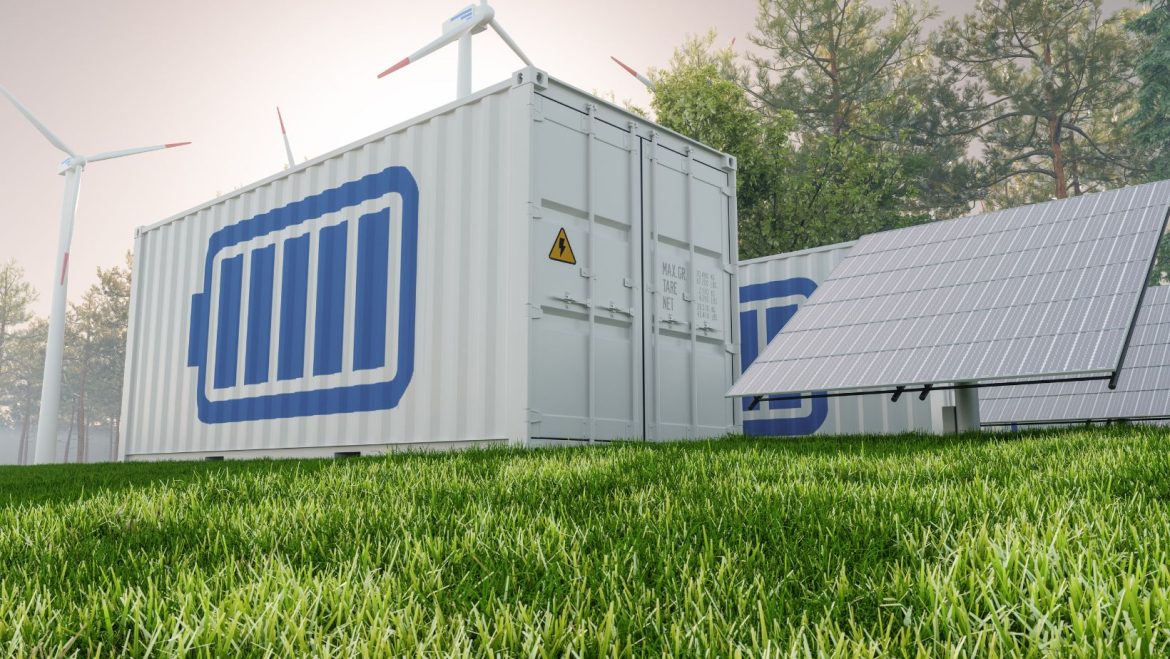As the demand for energy storage devices continues to surge in the wake of our transition to sustainable energy solutions, many people have started to seek these energy storage solutions that provide more benefits and are sustainable at the same time.
But with increasing demand, several options are available in the market, and finding the right one can be a daunting task. The right energy storage device can significantly impact the efficiency and reliability of your energy system.
This definitive guide aims to simplify the process, providing key considerations to help you make informed decisions when choosing energy storage devices; you can also visit vremtglobal.com to know more. Read till the very end!
How to Choose Energy Storage Devices?
Following are some of the key factors you need to consider while choosing an energy storage system for your needs:
1. Understand Your Energy Needs
The first step in choosing an energy storage device is understanding your specific energy needs. Evaluate your typical energy consumption, peak demand periods, and the intended purpose of the storage device. Are you looking to offset peak energy costs, ensure uninterrupted power during outages, or contribute to a more sustainable energy system? Clarifying these objectives will guide your selection process.
2. Consider the Type of Energy Storage
Energy storage devices come in various types, each with unique characteristics. Lithium-ion batteries, lead-acid batteries, and flow batteries are among the common options. Lithium-ion batteries are known for their high energy density and compact size, making them suitable for residential and commercial applications.
Lead-acid batteries, while less energy-dense, are cost-effective and suitable for specific applications. Understanding the strengths and weaknesses of each type allows you to choose one that aligns with your specific needs.
3. Capacity and Power Ratings
Capacity and power ratings are critical considerations. Capacity, measured in kilowatt-hours (kWh), represents the total amount of energy the storage device can store. Power rating, measured in kilowatts (kW), indicates the maximum rate at which the device can release energy. Balancing these ratings ensures that the energy storage device meets your demand requirements without compromising efficiency.
4. Lifecycle and Durability
The lifecycle of an energy storage device is a key factor in determining its overall cost-effectiveness. Evaluate the expected lifespan of the device and whether it aligns with your long-term goals.
Durability, influenced by factors such as operating conditions and maintenance requirements, plays a crucial role in the device’s reliability over time. Choosing a storage device with a robust lifecycle ensures a more sustainable and cost-efficient investment.
5. Efficiency and Safety Features
Efficiency stands as a crucial metric for energy storage devices, indicating their effectiveness in converting stored energy into usable electricity with minimal losses. Opting for devices with higher efficiency ensures maximum utilization of stored energy and minimizes wastage.
Simultaneously, prioritizing safety is important in selecting energy storage solutions. Look for devices equipped with advanced safety features, including thermal management systems, overcharge protection, and fail-safe mechanisms.
Applications of Energy Storage Systems
Energy storage solutions play a vital role in diverse sectors, optimizing energy infrastructure. They enable seamless integration of intermittent renewables, storing excess energy for use during low-generation periods.
In the power grid, these solutions enhance stability by regulating frequency and smoothing demand fluctuations. Battery storage supports buildings with backup power and load shifting. Electric vehicles depend on advanced systems for sustainable mobility. Industries benefit from mitigating energy price fluctuations and ensuring a reliable power supply.
Conclusion
Choosing the right energy storage device is a pivotal decision in shaping a sustainable and reliable energy system. By understanding your specific needs and considering the type of energy storage you need, you can make informed choices that align with your goals. This definitive guide empowers you to navigate the diverse landscape of energy storage devices, ensuring that your investment contributes to a resilient and sustainable energy future.
